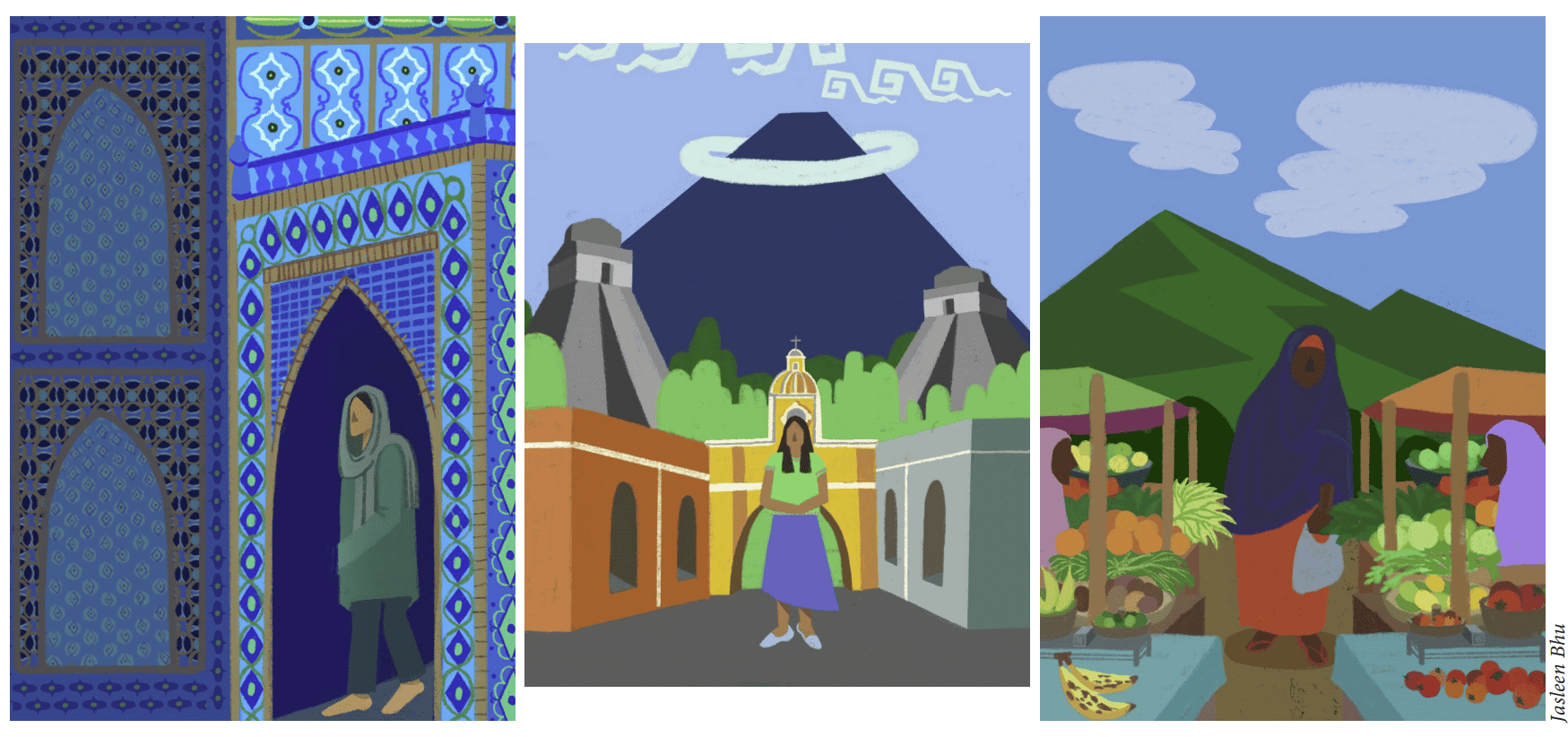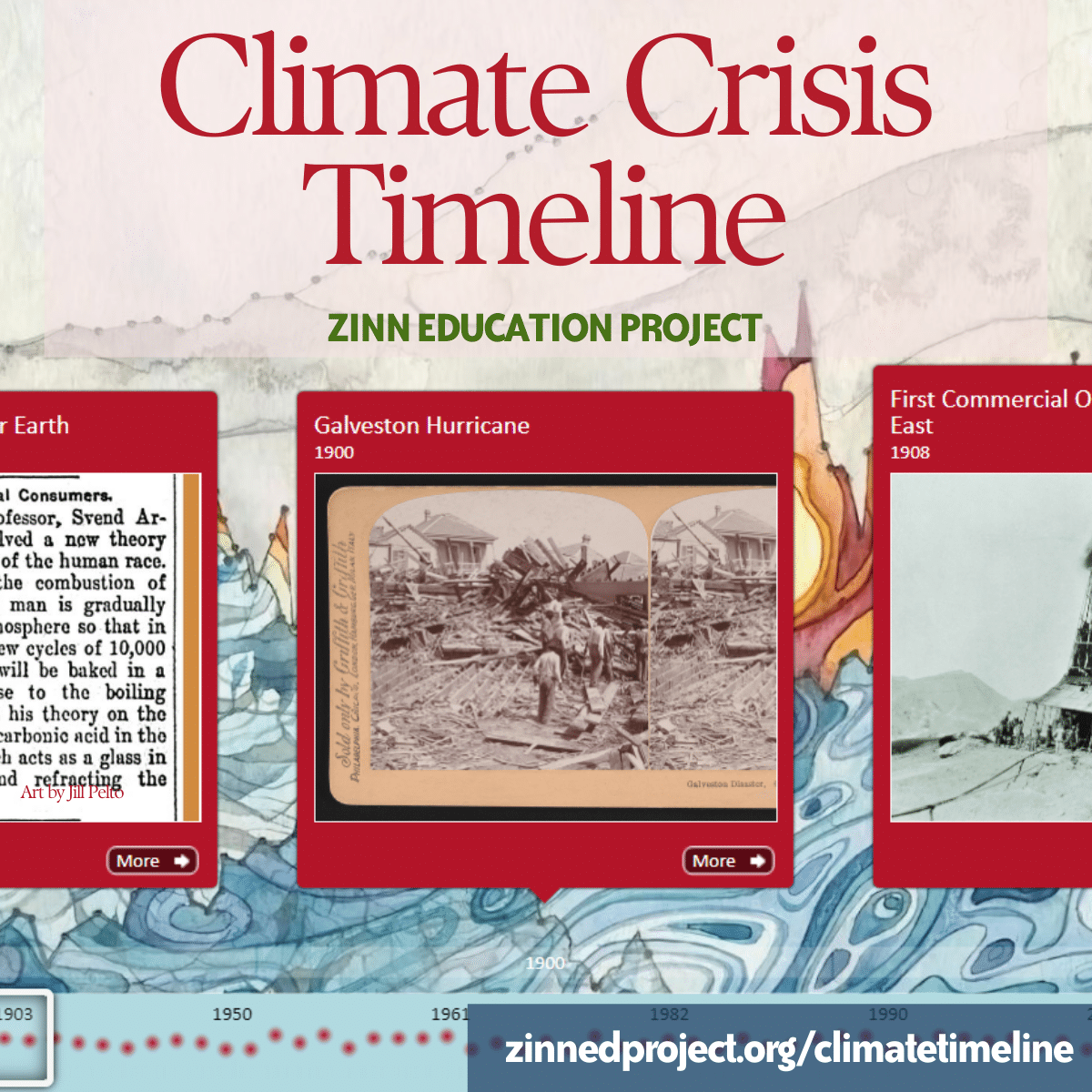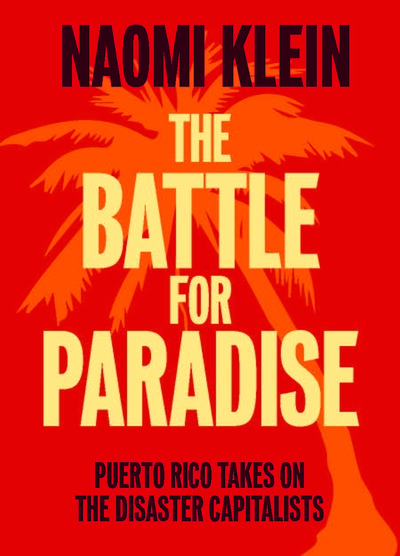Hurricane Sandy, the largest Atlantic hurricane on record as measured by diameter, wreaked devastation in the Caribbean and United States for more than a week, causing hundreds of deaths and leaving hundreds of thousands houseless and without electricity. On October 29, 2012, Category 1 Hurricane Sandy hit the shore north of Atlantic City, New Jersey, eventually affecting 24 states with flooding, fires, and other disasters.

Hurricane Sandy damages a pier in Seaside Heights, New Jersey. Source: Mark C. Olsen/New Jersey National Guard
In her article, Solnit on Hurricane Sandy: Stop Ignoring Climate Change, which appeared in Mother Jones, Rebecca Solnit wrote:
This storm’s name shouldn’t be Sandy — though that means we’ve run through the alphabet all the way up to S this hurricane season, way past brutal Isaac in August — it should be Climate Change. If each catastrophe came with a message, then this one’s was that global warming’s here, that the old rules don’t apply, and that not doing anything about it for the past 30 years is going to prove far, far more expensive than doing something would have been.
The increasingly turbulent, disaster-prone planet we’re on is our beautiful old Earth with the temperature raised almost one degree celsius. It’s going to get hotter than that, though we can still make a difference in how hot it gets. Right now, locally, in the soaked places, we need people to aid the stranded, the homeless, and the hungry. Globally we need to uncouple government from the Big Energy corporations, and ensure that most of the carbon energy left on the planet stays where it belongs: underground. Read more.
According to the National Oceanic and Atmospheric Administration’s (NOAA) Ocean Today:
Sandy, as a hurricane and a post-tropical cyclone, killed at least 117 people in the United States and 69 more in Canada and the Caribbean.
Sandy ranks as the second-costliest storm on record at $68 billion. Hurricane Katrina of 2005 is the highest at $108 billion.
The New York Stock Exchange closed for two consecutive days, the first time this has happened because of weather since 1888.
At its peak intensity, Hurricane Sandy measured a Category 3 as it made landfall in Cuba. Sandy was the 18th named storm, 10th hurricane, and second major hurricane of 2012. Read more.
Watch the NOEE Ocean Today video, The Making of a Super Storm, below.
This event is included on the Zinn Education Project’s Climate Crisis Timeline.
















Twitter
Google plus
LinkedIn